
History of Gin
What is Gin?
Gin is a clear spirit that derives most of its primary flavor from juniper berries along with other botanicals. It is commonly used in cocktails such as the martini, negroni, and gin and tonic, but can also be enjoyed neat.
There are a number of types of gin, depending on the source you refer to, including London Dry Gin, Old Tom Gin, Plymouth Gin, Genever, Navy Strength Gin, Japanese Gin, and the list goes on.
In recent years gin has experienced a resurgence with an explosion of producers creating craft gins. Generally, craft gin is created in small batches by small local distilleries that want to create a unique product. This could be a more traditional, back to its roots gin, or something completely different with coffee, cherry, lemongrass or other flavors introduced into the process. The thing that all craft gins have in common is a focus on producing a high quality product.
Let’s Take a Look at Gin’s Roots
According to the Encyclopedia Britannica, Gin was developed by a 17th century professor named Franciscus Sylvius of Holland, a professor of medicine who was looking to develop elixirs with healing properties. Juniper was used by the Romans and Egyptians to treat stomach ailments, and the Greeks gave it to athletes because they thought it increased stamina.
The name comes from the French word for Juniper, genièvre, which was modified by the Dutch to genever (or jenever) and then shortened by the British to just gin. Gin was distilled from malt wine and flavored with juniper berries and other botanicals for their medicinal properties. It gained popularity in the Netherlands in the 17th century as a medicinal remedy. The English soldiers fighting in the Dutch War of Independence encountered genever and brought the concept back to England.
16th and 17th Centuries
During the Eighty Years war, British soldiers, who were fighting the Spanish alongside the Netherlands in Antwerp, drank jenever for it's calming effects, which is believed to be the origin of the term "Dutch Courage."
The first known production of gin in England began around the late 16th century and early 17th century. Initially, gin was distilled by apothecaries as an herbal remedy, with juniper berries being a key ingredient. However, the distillation of gin expanded beyond medicinal purposes, and by the mid-17th century, it had become a popular recreational spirit.
The 18th Century and the Gin Craze
Due to a political and economic factors that reduced the import of other spirits, gin consumption in Britain rose exponentially in the first half of the 18th century. Public drunkenness became enough of a problem that the British parliament passed the so called “Gin Acts” in an attempt to curb the problem.
5 major Gin Acts in 1729, 1736, 1743, 1747 and 1751 aimed to regulate the production and consumption of gin due by imposing high taxes on retailers and regulating distillation. This led to the inevitable result of rioting in the streets, but eventually the Acts achieved their desired goal and the over consumption of gin began to decrease after the Gin Act of 1751. Despite attempts to restrict its availability, gin remained a popular spirit, particularly among the lower classes.
19th Century
The 19th century marked a turning point for gin as it transitioned from being predominantly produced by individual distillers to larger-scale production in gin distilleries. Technological advancements, such as the invention of the column still, made gin production more efficient and accessible. This led to the emergence of London Dry Gin, a style known for its dryness and botanical-forward profile, which remains a classic and widely recognized style of gin today.
Over the years, gin has experienced various periods of popularity and innovation, with the rise of craft distilleries and the resurgence of gin-based cocktails. Today, gin is produced in numerous countries worldwide and enjoys a diverse range of styles, from traditional London Dry Gin to contemporary and artisanal interpretations that showcase a wide array of botanical, fruit, citrus, and other flavors.
Gin Today
Gin has, arguably, never been more popular than it is today. It's used in classic cocktails such as the martini, negroni, and gin and tonic, but people are looking for something more from their gin. They want unique flavored craft gins of the highest quality that make for great refreshing cocktails by the pool.
Today there are craft distilleries opening across North America and one of the first spirits they normally produce is gin. Many of these craft distilleries try to distinguish them selves from the competition by following a grain to glass approach using local organic grains, and are dedicated to producing the highest quality gin with a flavor profile that reflects the grains and terroir where the gin is produced.
These distilleries are also creating cocktail lounges and tasting experiences to unique products. Have a look at some local distilleries that are producing some great craft gin.

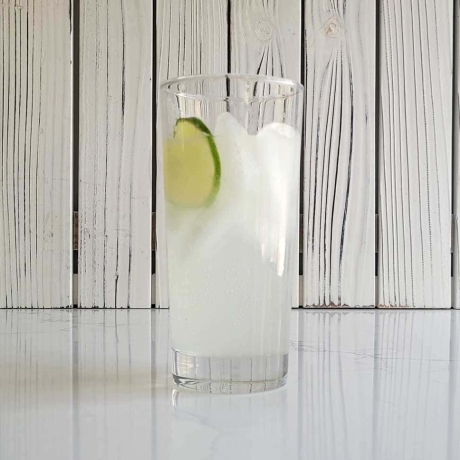
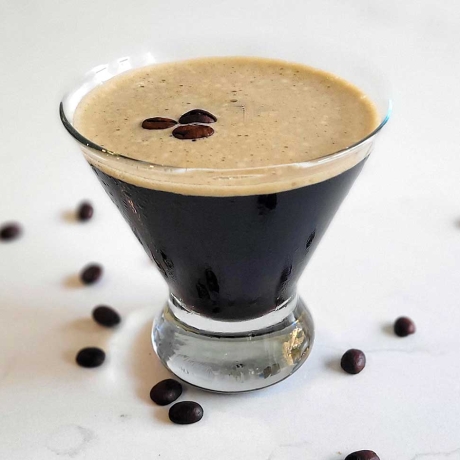
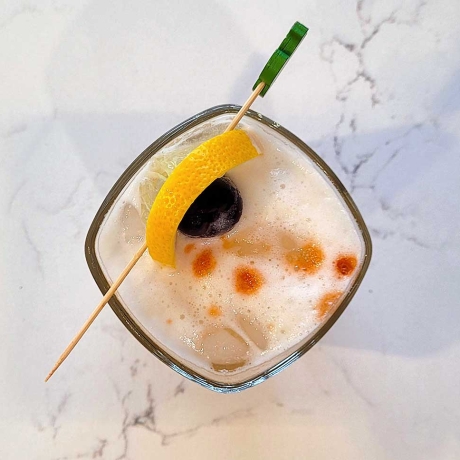

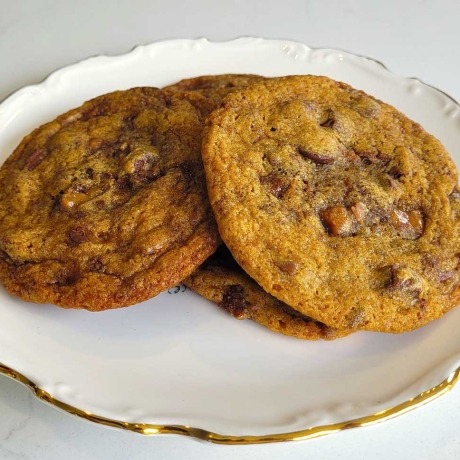

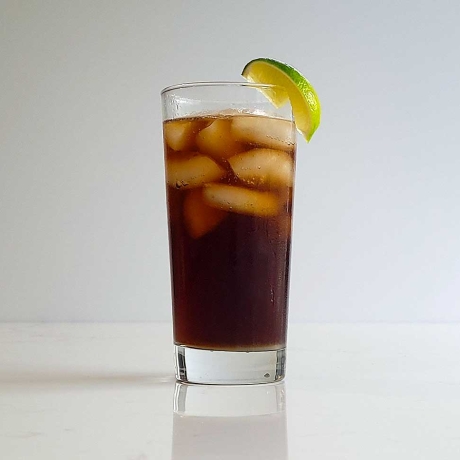

Comments
Be the first to leave a comment.